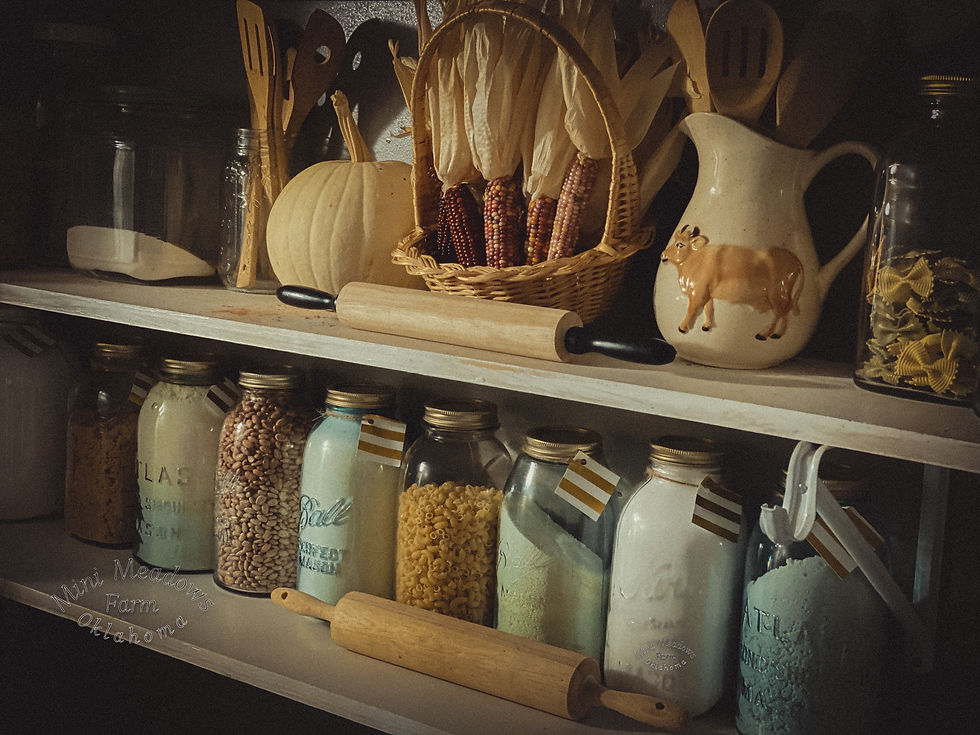Taming the Wild: The Fascinating History of Goat Domestication
- kimberkay777
- Aug 9, 2023
- 3 min read

The domestication of animals was a significant milestone in human history, revolutionizing the way we lived, thrived, and interacted with the natural world. Among the various domesticated animals, goats hold a special place. With their adaptability, resilience, and valuable contributions to human societies, goats have been our companions for thousands of years. In this article, we dive into the captivating journey of goat domestication, exploring its origins, evolution, and the profound impact these remarkable creatures have had on our lives.
1. The Early Beginnings:
Goats have a long and storied history that can be traced back to the Neolithic era, around 10,000 BCE. The wild ancestor of the domestic goat is believed to be the Bezoar ibex (Capra aegagrus) found in the mountains of western Asia. Early humans encountered these wild goats and recognized their potential as a valuable resource for sustenance and materials.
2. Pioneers of Pastoralism:
Goats played a pivotal role in the development of pastoral societies. As humans transitioned from hunter-gatherer lifestyles to settled agricultural communities, goats were among the first animals to be domesticated. Their ability to graze on a wide range of vegetation, adaptability to diverse climates, and relatively low maintenance requirements made them ideal companions for early herders.
3. Multipurpose Companions:
Goats provided a multitude of resources to early agricultural communities. Their milk served as a nutritious source of sustenance, while their meat offered sustenance and protein. Goat hair and hides were used for clothing, shelter, and various other practical purposes. Goats were also valuable for their ability to convert low-quality forage into valuable manure, enhancing soil fertility and agricultural productivity.
4. Spread of Domestication:
As human civilizations expanded and trade routes developed, the practice of goat domestication spread across regions. From the Middle East to Africa, Europe to Asia, goats accompanied humans on their journeys, adapting to diverse environments and playing a crucial role in sustaining communities. Various goat breeds emerged, each uniquely adapted to the local climates and specific human needs.
5. Goat Cultures and Mythology:
Throughout history, goats have held cultural significance in many societies. From ancient mythology to religious symbolism, goats have been associated with fertility, abundance, and spiritual beliefs. In Greek mythology, goats were linked to the god Pan, while in Norse mythology, Thor’s chariot was said to be pulled by goats. These cultural connections highlight the deep-rooted relationship between humans and goats.
6. Goats in Modern Agriculture:
Goat husbandry practices have evolved over time, adapting to changing agricultural landscapes and societal needs. In modern agriculture, goats continue to play important roles. They are raised for their meat, milk, fiber, and as companion animals. Goat milk is known for its nutritional value and is used to produce a variety of dairy products, while goat meat is consumed in many cultures worldwide.
7. Conservation Efforts and Future Challenges:
While goats have thrived in domestication, some wild goat species face conservation challenges. Efforts are underway to protect and conserve endangered wild goat species, such as the markhor and ibex, through habitat preservation and anti-poaching initiatives. Additionally, sustainable goat farming practices that prioritize animal welfare, genetic diversity, and ecological stewardship are gaining prominence.
The domestication of goats stands as a testament to human ingenuity and the transformative power of our partnership with animals. From their humble beginnings as wild creatures roaming the mountains to their indispensable role in our agricultural systems, goats have left an indelible mark on human history. As we navigate the complexities of the modern world, it is crucial to ensure the continued well-being of goats and sustain the delicate balance between our reliance on these remarkable animals and our responsibility to protect their genetic diversity and habitats.



Comments